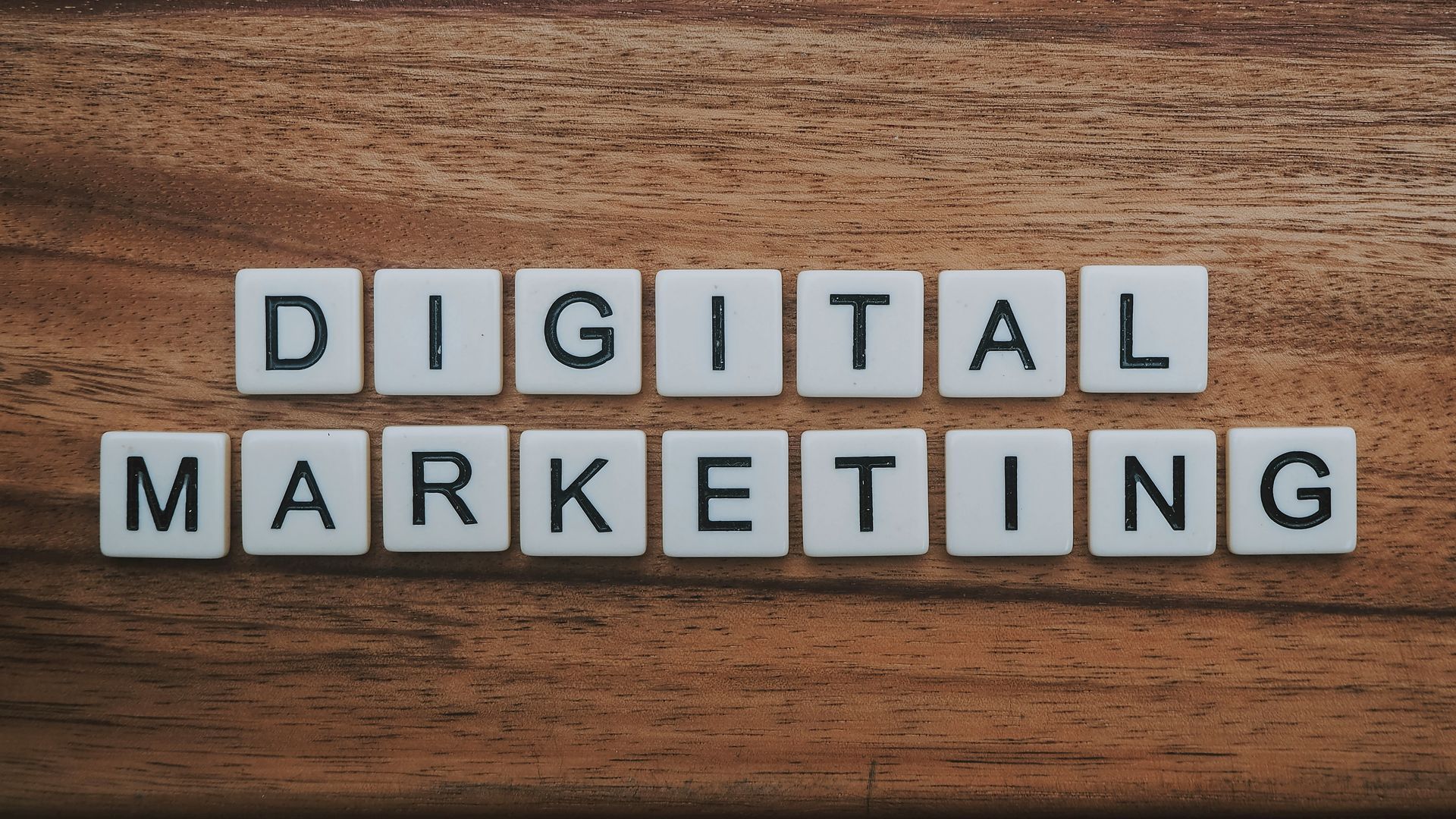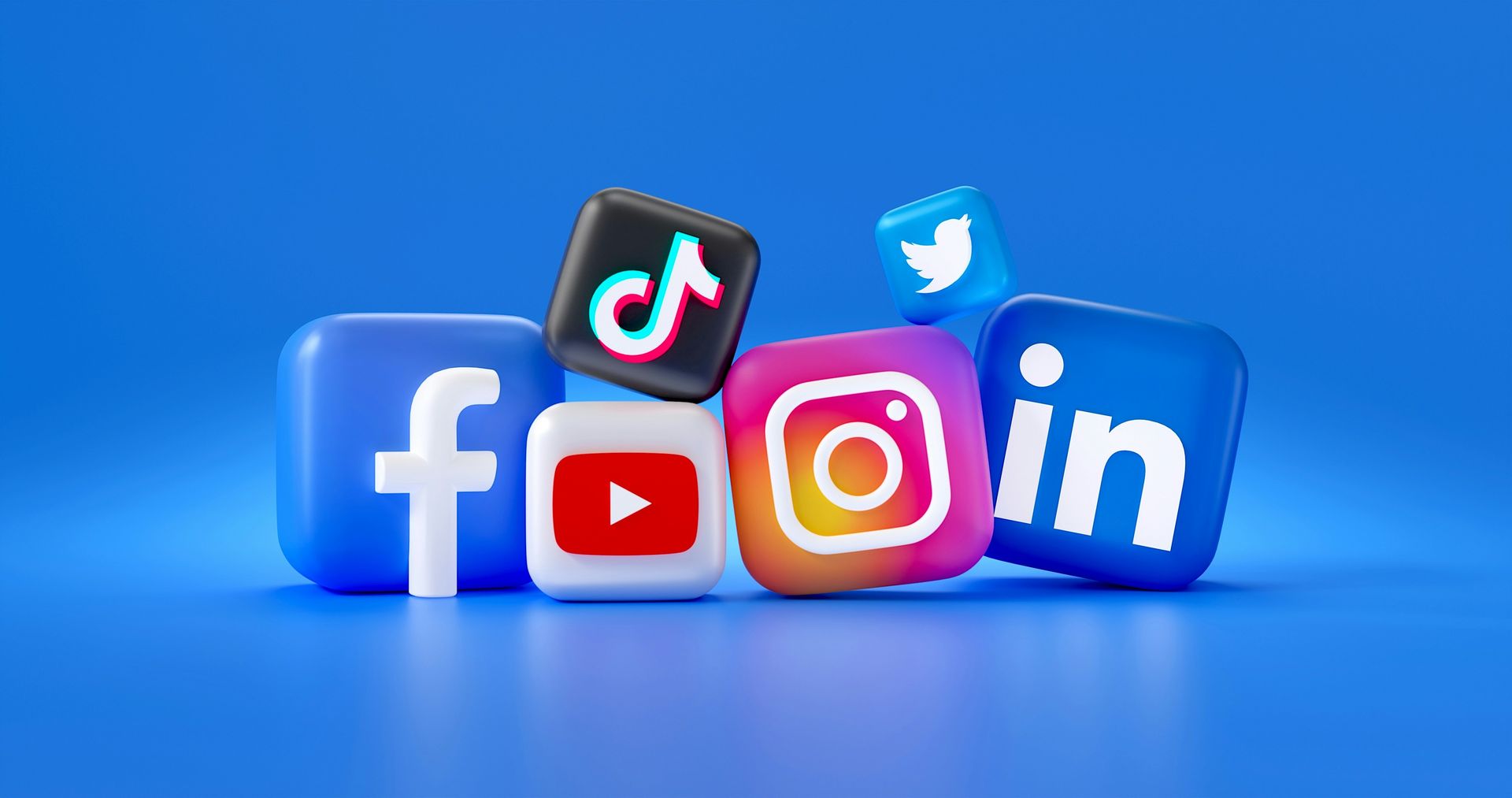Understanding the Marketing Communication Mix: What It Is and How to Use It Effectively

An excellent marketing communication mix is crucial for any business aiming to effectively promote its products or services. The mix refers to the combination of channels and tools a business uses to reach and engage its target audience. Choosing the right channels can mean the difference between a successful campaign and one that falls flat. In this blog, we explore how to develop an effective marketing communication mix and the benefits of incorporating digital publishing platforms like digital catalogs, member publications, and brochures into your strategy.
What is a Marketing Communication Mix?
The marketing communication mix consists of various tools and channels businesses use to communicate with their audience. This mix can include:
- Advertising
- Public Relations (PR)
- Sales Promotions
- Personal Selling
- Direct Marketing
- Interactive Marketing (Social Media, Websites, and Mobile Apps)
Together, these elements form a cohesive strategy that helps inform, persuade, and remind customers about your products and services.
The Essence of Marketing Communications
As defined by Philip Kotler and Kevin Lane Keller, marketing communications are how companies:
- Inform customers about products and services.
- Convince customers of their value.
- Remind customers of brand offerings.
This framework helps businesses create impactful campaigns that resonate with their target audience.
Key Objectives of Marketing Communications
Effective marketing communications aim to achieve several goals:
- Build Brand Awareness: Promote your brand's identity and value proposition.
- Increase Customer Engagement: Foster two-way dialogue with customers and gain valuable feedback.
- Drive Sales: Highlight your product's benefits to persuade potential customers.
By focusing on these objectives, businesses can create a strong foundation for their marketing efforts.
How to Develop an Effective Marketing Communication Mix
1. Identify Your Target Audience and ICP (Ideal Customer Profile)
Understand who your customers are by analyzing demographics (age, gender, income) and psychographics (interests, values). Define your ICP to target those who benefit most from your product or service.
2. Set Clear Marketing Goals
Are you aiming to:
- Engage Customers?
- Increase Brand Awareness?
- Drive Sales?
Clear goals help measure your progress and success.
3. Craft a Compelling Message
Your message should be:
- Clear and Concise: What you do and who you serve.
- Benefit-Oriented: How your product helps solve customer problems.
- Relatable: Speak to your audience’s needs and aspirations.
4. Choose the Right Channels
Select channels that best reach your audience:
- Advertising: TV, radio, print, online.
- PR: Media relations and press releases.
- Sales Promotions: Discounts and contests.
- Direct Marketing: Email and direct mail.
- Interactive Marketing: Social media, websites, and apps.
5. Budget for Success
Set a budget to allocate resources effectively across channels.
6. Monitor and Optimize Your Strategy
Use metrics like:
- Website Traffic
- Social Media Engagement
- Sales Data
Adjust your strategy based on the results.
Components of the Marketing Communication Mix
Advertising
Definition: Paid promotion through various media channels (TV, radio, print, digital).
Benefit: Broad reach and brand awareness.
Public Relations
Definition: Building relationships with media and stakeholders.
Benefit: Positive brand image and trust.
Sales Promotions
Definition: Incentives like discounts and contests.
Benefit: Immediate sales boosts and customer engagement.
Personal Selling
Definition: One-on-one interactions with potential customers.
Benefit: Personalized approach and relationship-building.
Direct Marketing
Definition: Direct channels like email, mail, and telemarketing.
Benefit: Targeted communication and measurable results.
Interactive Marketing
Definition: Digital channels (social media, websites, apps).
Benefit: Real-time engagement and personalized experiences.
Benefits of Digital Publishing Platforms in Your Marketing Mix
Adding digital publishing platforms like Joomag to your marketing mix can offer several advantages:
1. Increased Reach
Reach a global audience effortlessly. Digital catalogs, newsletters, and brochures can be accessed from anywhere with an internet connection.
2. Lower Costs
Eliminate printing and distribution costs. Digital publishing is a cost-effective way to share marketing materials.
3. Greater Flexibility
Easily update content to reflect changing market conditions or customer needs.
4. Improved Analytics
Track performance with detailed analytics on reader behavior, traffic, and engagement. Use insights to optimize your
content strategy.
How to Choose the Right Channels for Your Business
The right marketing channels depend on your:
- Target Audience
- Marketing Goals
- Budget
For example:
- Advertising works well for broad reach.
- Direct Marketing is ideal for targeted communication.
- Digital Publishing Platforms offer flexibility and detailed analytics.
Example of Effective Marketing Mix:
Combine social media marketing with digital catalogs to engage customers online and provide detailed product information.
Partner with Marcom.eu for Marketing Success
At Marcom.eu, we specialize in creating tailored marketing communication strategies that drive results. Whether you need help with:
- SEO and SEA campaigns to boost visibility.
- Content marketing to engage your audience.
- Interactive marketing on social media.
We’re here to help!
Request a free consultation or schedule a demo today: Marcom.eu
Conclusion
An effective marketing communication mix is essential for promoting your products and connecting with your audience. By understanding your target audience, selecting the right channels, and incorporating digital publishing platforms, you can create impactful campaigns that drive business success.
Ready to enhance your marketing strategy? Visit Marcom.eu and let us help you achieve your business goals!
ALL OUR OTHER NEWS:







